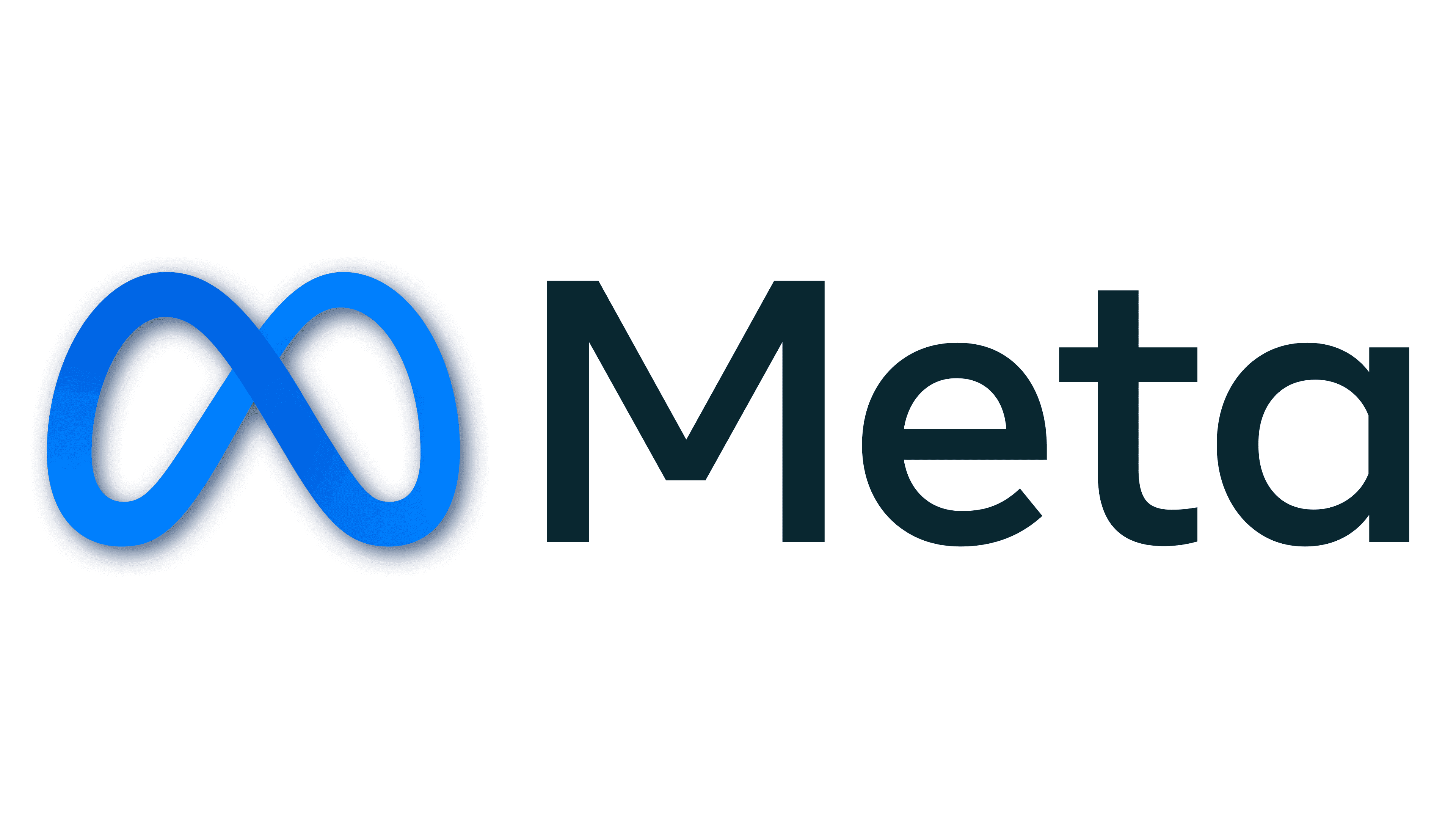January 11, 2024 (MLN): Pakistan’s cement offtake has not been picking up amid dampened domestic demand despite the industry investing hefty amounts, including taking on debts, to expand its production capacity in the past few years.
The country's cement manufacturers were only able to grow domestic sales by a mere 1% YoY in the first half of FY24, as per the official data from the All Pakistan Cement Manufacturers Association.
Only around 20.2 million metric tons of cement were sold in the domestic market during the first half of FY24, as against 20m tons dispatched in the same period of last year.
The local dispatches have remained under pressure as the country was in the midst of an unprecedented economic and political storm, which continued to hamper economic growth and stability.
The graph below shows that the cement dispatches have followed a somewhat similar trend in the past few years. However, this becomes concerning when rising production capacities are taken into consideration.
To note, Lucky Cement Limited (PSX: LUCK) held the majority of the industry's share (16.5%) in terms of cement sales in FY23.
The company expanded its cement production capacity by 64% to 15.3m tons since FY18, whereas its actual production fell almost 8% during the same period.
The capacity utilization which was standing comfortably around 82% in FY18, fell to an alarming level of just 46%.
Moreover, Bestway Cement Limited (PSX: BWCL) has seen an increase of 74% in its cement production capacity since FY18, while its actual production has fallen by 24%.
This translates to a capacity utilization of just 42%, a stark contrast to FY18's utilization of 97%.
| LUCK | BWCL | |||
|---|---|---|---|---|
| FY23 | FY18 | FY23 | FY18 | |
| Cement Production Capacity | 15,300,000 | 9,350,000 | 15,300,000 | 8,809,608 |
| Actual Production | 7,059,899 | 7,654,532 | 6,510,228 | 8,562,539 |
| Utilization | 46.14% | 81.87% | 42.55% | 97.20% |
Source: company's annual reports
The rising costs on account of record high inflation, and higher fuel prices amid the implementation of axle load regime have pushed up the construction costs and deterred demand.
Record high interest rates have increased the cost of borrowing, coupled with skyrocketing cement prices has led to the subdued investment.
The cement prices have more than tripled since FY18.
The IMF in its technical assistance report for Pakistan highlighted the inefficiencies associated with the Public Sector Development Program (PSDP), which is a critical driver of public sector investment.
The report noted that the PSDP is unaffordable and needs to be reassessed, as the estimated cost to complete projects in the PSDP is more than 14 times the budget allocation.
In addition, the report highlighted that the separate preparation and oversight of the current budget and the development budget can lead to inconsistent and sub-optimal decision-making, which consequently affects the cement sector.
A spokesman of the All Pakistan Cement Manufacturers Association stated that they are hopeful that the government will speed up PSDP projects to increase cement demand.
Two major issues currently being faced by the cement industry are related to the new Axle Load regime and Track and trace system, he further added.
The rapid deterioration of pavement due to overloaded vehicles causes economic loss to the country and increases rehabilitation and maintenance costs.
Axle Load Management regime preserves the asset, increases the design/life of roads, reduces maintenance costs, and enhances safety by restricting overloaded vehicles, as explained by the transport department of the government.
On the other hand, the tough local conditions have caused the local players to be more proactive and explore more opportunities on the export front, which has helped the companies maintain their profitability.
Moreover, cement manufacturers have taken competitive advantage of currency devaluation.
Export dispatches were substantially higher by 2.11x YoY as the volumes increased to 3.653m tons during the first six months of the current fiscal year compared to 1.734m tons of exports done during the same period of last fiscal year.
Copyright Mettis Link News
Posted on: 2024-01-11T17:48:49+05:00










